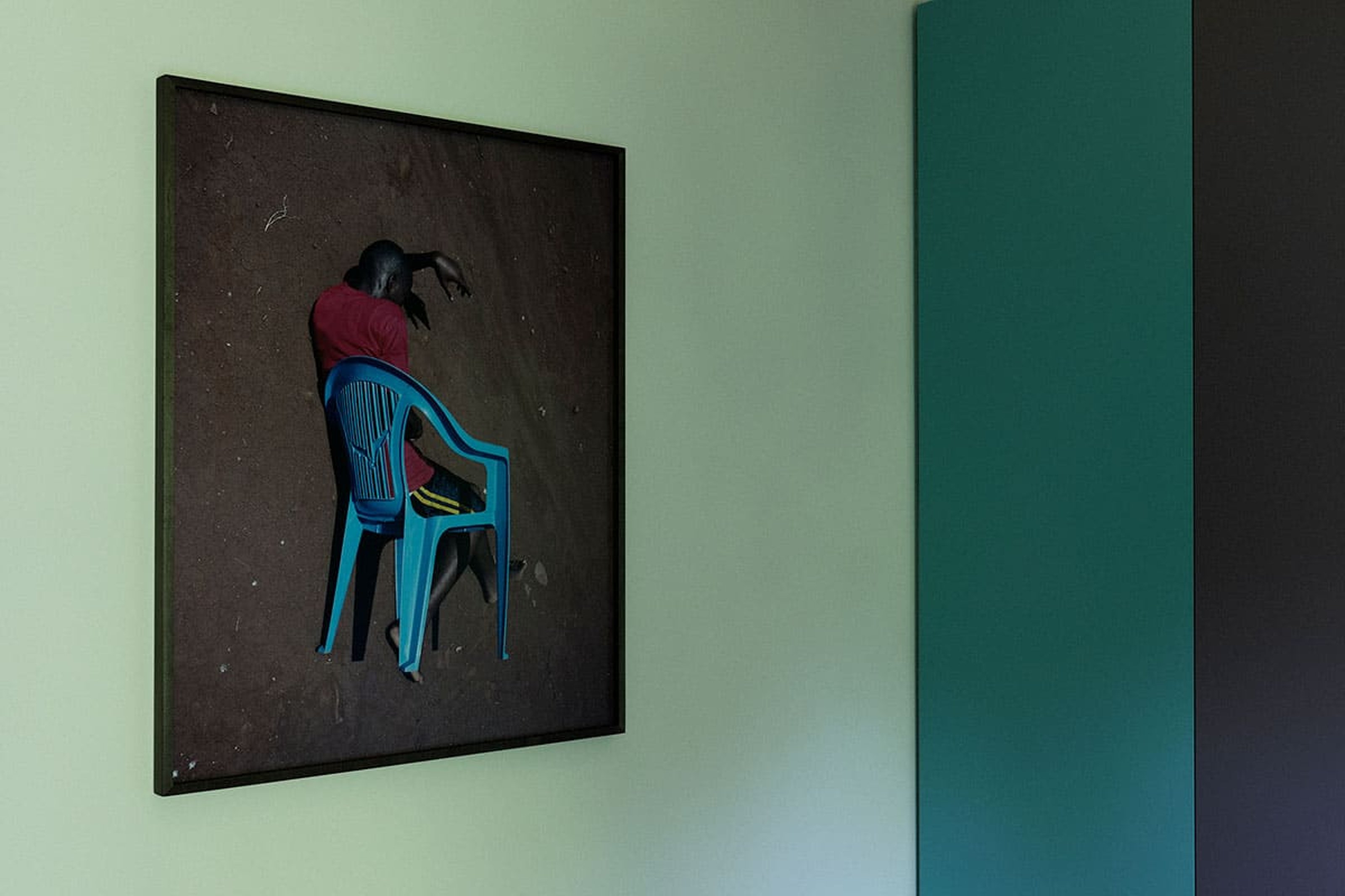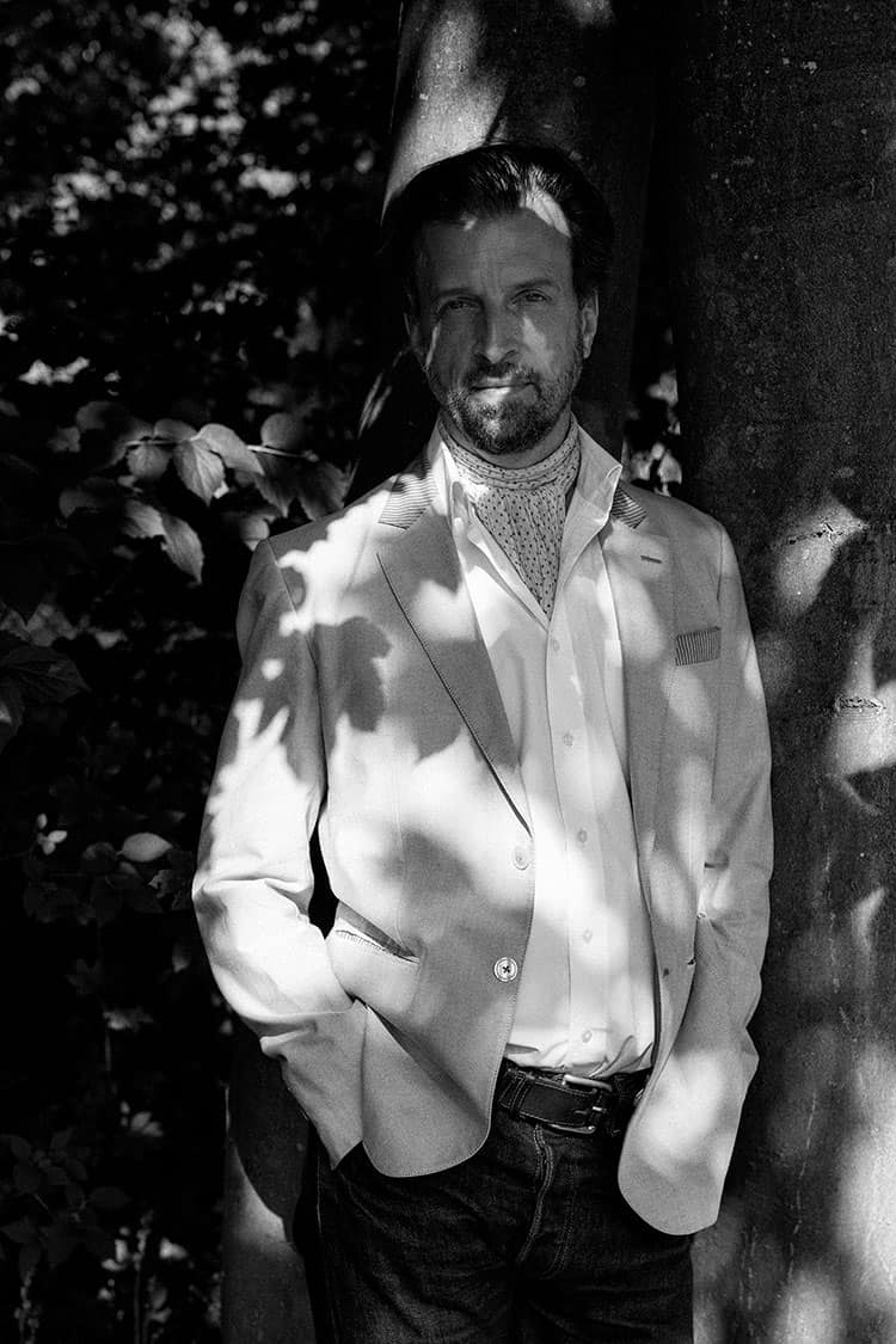
After a recent boom in openings of new art fairs, galleries, and art spaces, we take a look at how the structure of commercial galleries is changing and the ongoing problems with contemporary video art collections. After the huge presence of video art in this year’s biennials, there is still confusion behind the monetization and distribution of video art. The unrealized potential for online platforms also speaks to the narrowing divide between private and public spaces. Àngels Miralda Tena talks to collector Alain Servais.
Àngels Miralda Tena: This year we saw the opening of Supersimetrica Art Fair in Madrid and the sixth edition of Poppositions in Brussels. These fairs focus on non-profit space and curated programs. How do you think they are changing the gallery structure or are they changing it at all?
Alain Servais: These two new art fairs are focusing on non-profit spaces rather than young commercial galleries so first, we must define the terms. The non-profits are developing into something closer to the commercial gallery space. In terms of the art world, non-profits focus on the programming rather than selling something. They look for public support to fund their activities and don’t work with the same artists regularly. The young commercial galleries have the main intention of selling, which means they propose to have a lasting company and represent artists. To a client, they provide essentially the same service. They provide a space for new artists or recent graduates to exhibit their work and introduce this to the market and a professional audience.
In terms of fairs, off-fairs – such as Scope and Liste – have existed as long as I have been visiting art fairs. They provide a space for smaller commercial galleries but have exactly the same intentions as the larger fairs. The non-profit art fairs take an ideological view. Young commercial galleries see the non-profit spaces as an unfair competition. They are selling to the lower tier of the art market but also have the possibility of getting public support.

The line between a non-profit and a young gallery is getting further blurred as some non-profits transition into galleries in order to keep operating and commercial galleries open their own project spaces to experiment with unrepresented artists. When we speak about the art market, people still don’t get it. The art market or the art world it is not a single entity. It is a multiple set of sub-markets. The non-profit spaces and the young commercial galleries are providing a service to a similar sub-market.
AMT: This relates to the “ecosystem” of the art world, which you previously spoke about.
AS: The most visible market is what I would call the “financial market.” During Documenta I spoke with an artist who has New York representation and was tired of hearing everyone speaking about investments. Young galleries could try to offer a solution to this but they don’t offer that, they are simply catering to another set of supply and demand. The development of the smaller commercial and “non-profit” fairs is a continuation of the existing structures. Today, there is a growing public for art as well as an exponentially increasing amount of people who want to show their work. The development of this lower tier of galleries is therefore providing this introductory status.

AMT: It seems there is a growing dichotomy between the business success of recognized galleries vs small and mid-sized ones?
AS: The development in art is not different than any other development in society. In every sector there is a demand for the well-known names and brands and less for the young experimental designers, actors, directors, writers. Everybody wants to see Cristiano Ronaldo playing or Tom Cruise in a film. Seeing people queueing for that horrible Damien Hirst show in Venice begs the question – why are people doing this when there is so much good art in other places all over the city?
AMT: Speaking about general market trends, do you think the non-profit art fairs and galleries could cater to the desire for ethical consumerism from small businesses?
AS: I don’t think ethical consumerism should be limited to the small galleries and non-profits. Mega galleries should consider this too. What I don’t like is when the non-profits take on an ideological position of rejecting any sort of involvement with “money”. The contradiction is that I am a “capitalist” and they don’t want guys like me around, but they still need my money. That ideological view while still trying to make sales is inconsistent. Another excess is that going to something underground is chic. For instance, it can be compared to buying vinyl records, it’s a sub-market of people wanting something special.

AMT: Another pressing issue is the expanding interest and production of video art within the contemporary art sector. Recently you published an article about the difficulty in buying and owning artist videos. Anecdotes help to illustrate the total confusion of the video art market including: the sale of a VHS that was not transferable once it became obsolete technology; the sale of a video for which the edition size was set so low that not even selling each at $100,000 would recoup the production costs for the artist; and various occasions of highly priced editions re-released in box set multiples. As stated in the text, video art shares more similarities with intellectual property than with the unique piece traditionally acquired in the art market. It necessitates the sale of a contract specifying the rights obtained in terms of reproduction and lending rights.
Not just small galleries and non-profit spaces but also large established galleries seem unprepared to deal with this medium or its distribution. What has the reaction been to this article?
AS: There is an extremely slow evolution with the sale of video art. There are many videos in existence and nobody, neither artists nor galleries, know what to do with them. I still keep sending this article out trying to start a serious discussion about the monetization and distribution of artist’s films. Life for video was already hard before when it was fashionable for anyone to walk into a fair and pay 7,000 euros for a film. They were not thinking about what they were buying. Three to four years ago people did not care about “addicted collectors” like me because they knew we would buy anyway and they just wanted to convince the new buyers.
In that situation there was no pressure to solve the problem with video art sales. Now, experienced collectors are very important again because we are the only ones pulling the trigger. I have experience collecting video and I am not going to buy something of low or no intrinsic value at all. The galleries are now experiencing a moment where they need to suddenly look at their program and re-evaluate what they are showing and how they are selling it. People are finally listening again. I am talking to a lot of collectors and many of them are very disturbed by this essay.
AMT: A boycott specifically of video works?
AS: It’s simply an idea to raise pressure to the galleries, not something that would go forward.
AMT: Do the galleries have anything to lose by addressing this?
AS: The galleries are not doing it voluntarily. Sometimes they simply don’t think about it. The problem is that when you are selling something, you are supposed to know what the product is made of and how it functions. The art market doesn’t function by these rules but the bottom line is that galleries are supposed to know. I don’t want to forgive the galleries nor say that it is a scam, but more and more people are starting to believe that it is more of a scam than not.


AMT: How can the industry move forward?
AS: There are some platforms that are beginning to provide a service for an online audience. I am encouraging the development of these platforms to create a library where we can share and create channels for other people to watch. Right now, in order to watch a video you need to go to Venice or Athens, sit on an uncomfortable bench, and watch six videos in a row, which is completely unbearable. If you prefer to focus and watch one at a time you would need to come back which is also not possible for many people.
We are living in a time of Netflix and Apple TV. The artists and the galleries don’t know how to monetize video works by tapping into the potential viewing audience on similar platforms. At home I have a very comfortable HD home cinema and it is the best place to watch artist’s films. In 2017 it should be possible to rent or download copies like any other section of the film industry.
The galleries are still trapped into the mentality of rarity. If they have one sculpture then it can only be in one collection or museum at a time. With videos, you can have one master copy and show it in one million places at the same time. Why don’t we use this possibility? Galleries try to sell things the way they always have, using a model of uniqueness that doesn’t apply to all art anymore. This is one of the changes I’m trying to implement with videos. There are solutions in finding the right balance between the rarity required by a majority of collectors and the technical ability to distribute the works much more broadly. It implies creating a system in which different editions are attached to different rights.